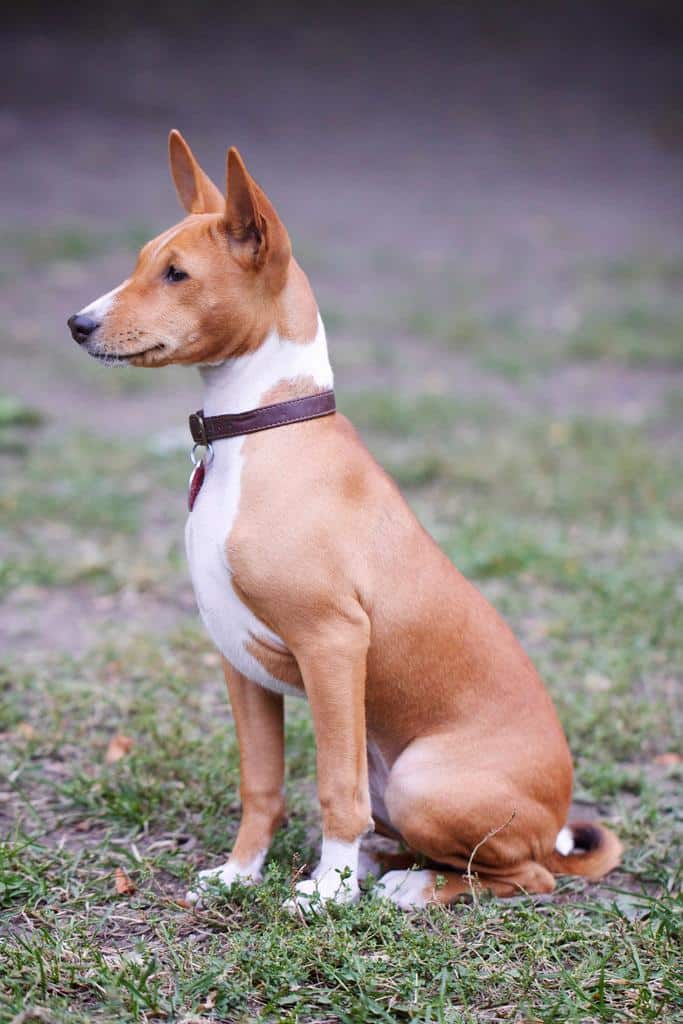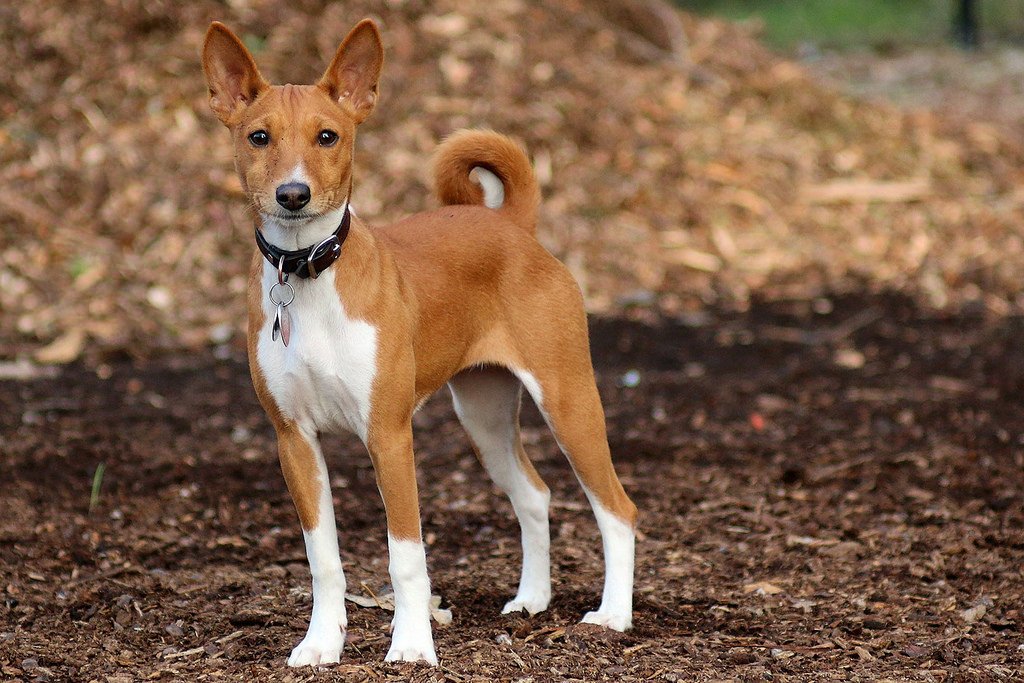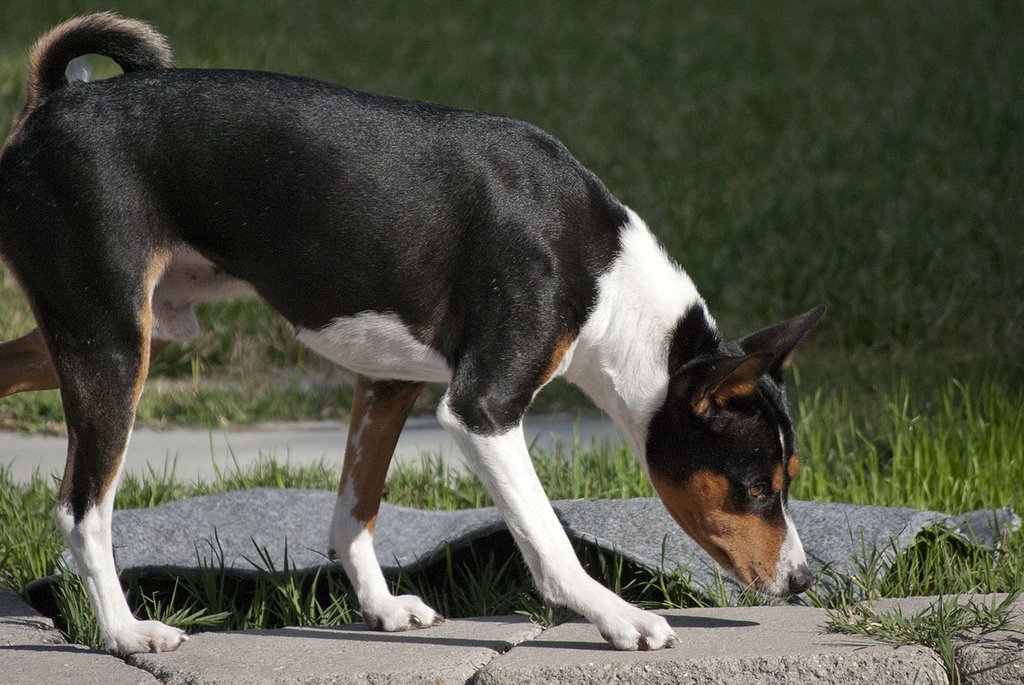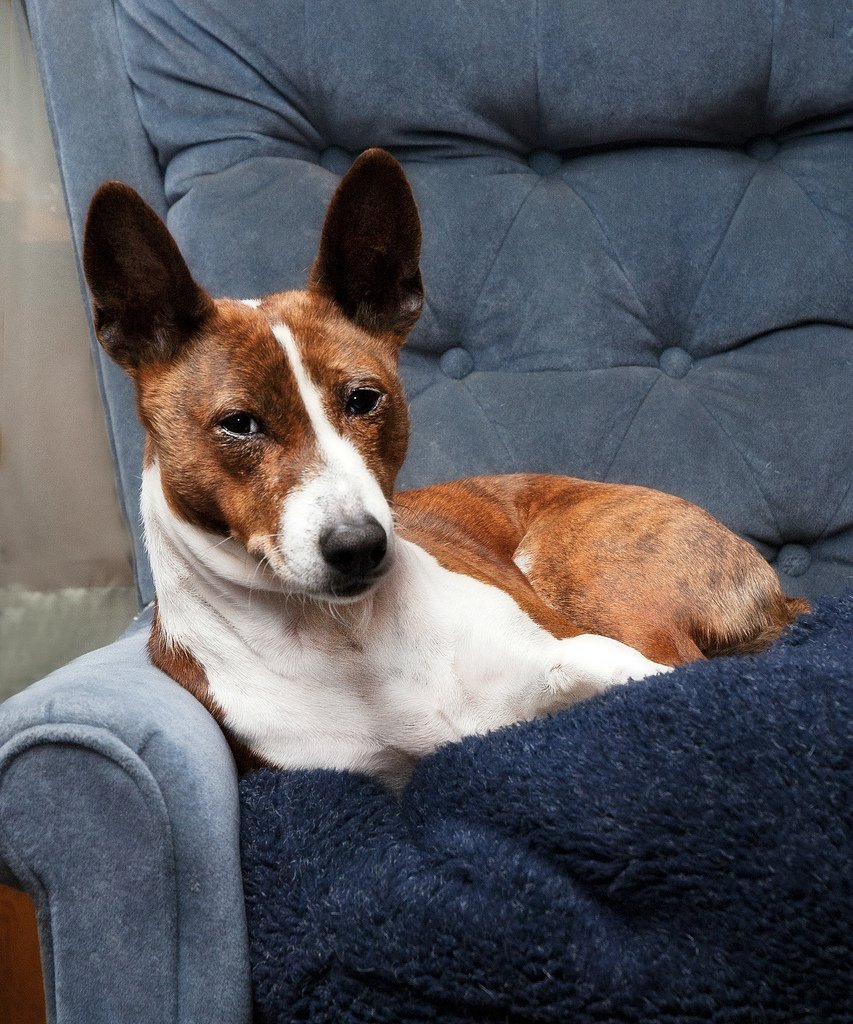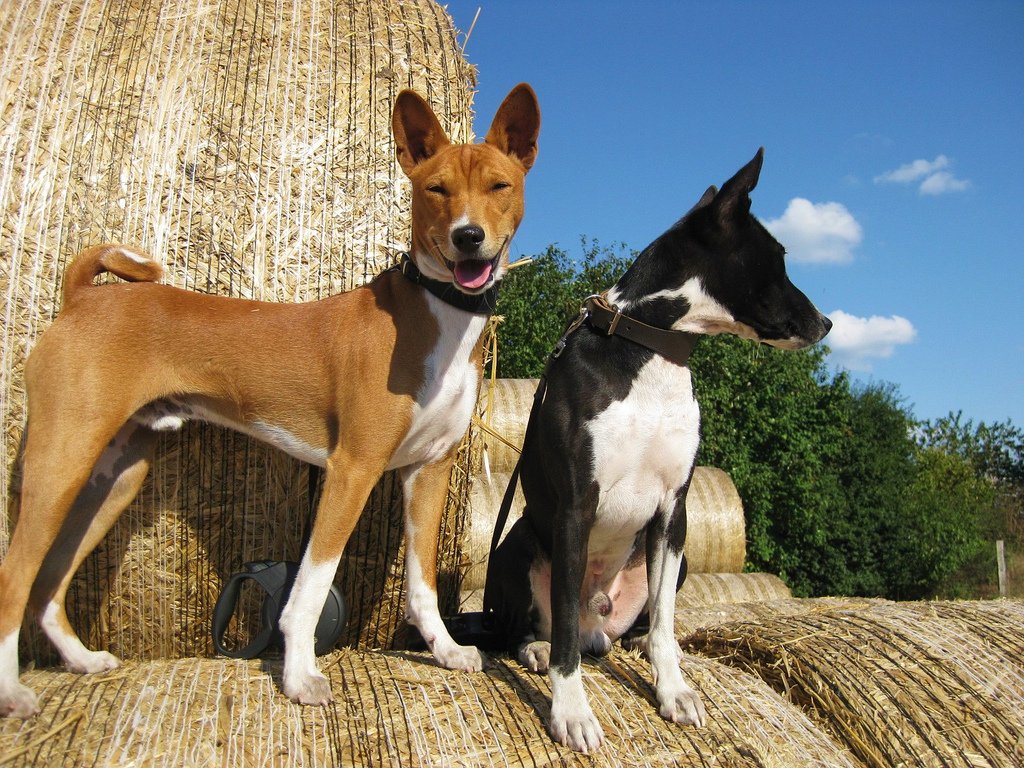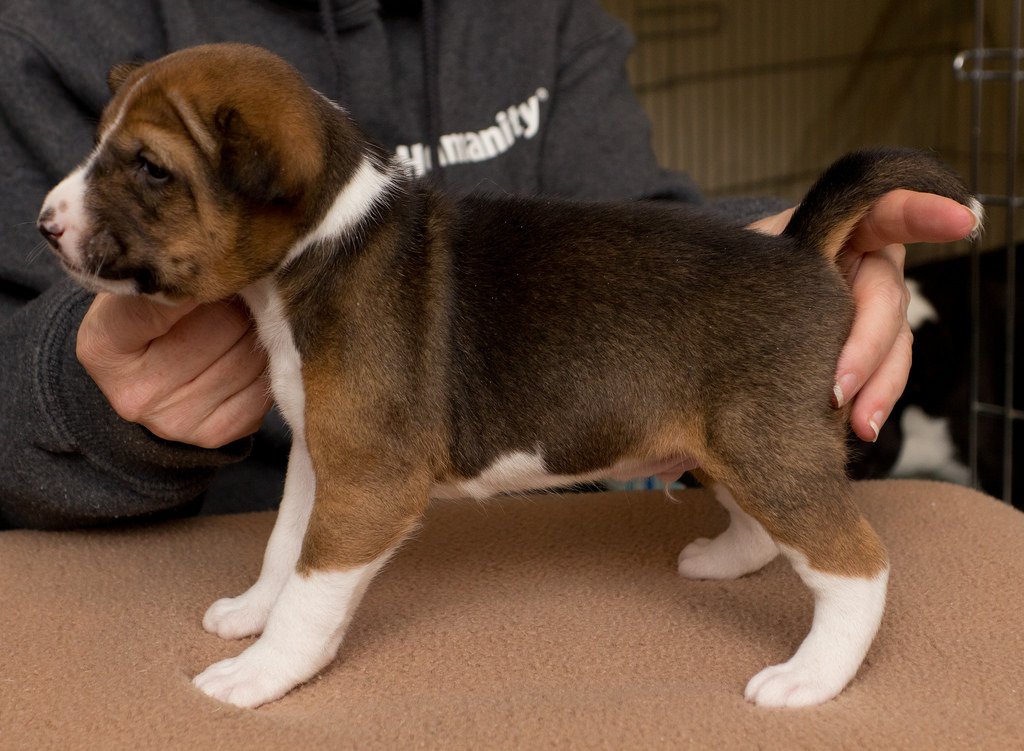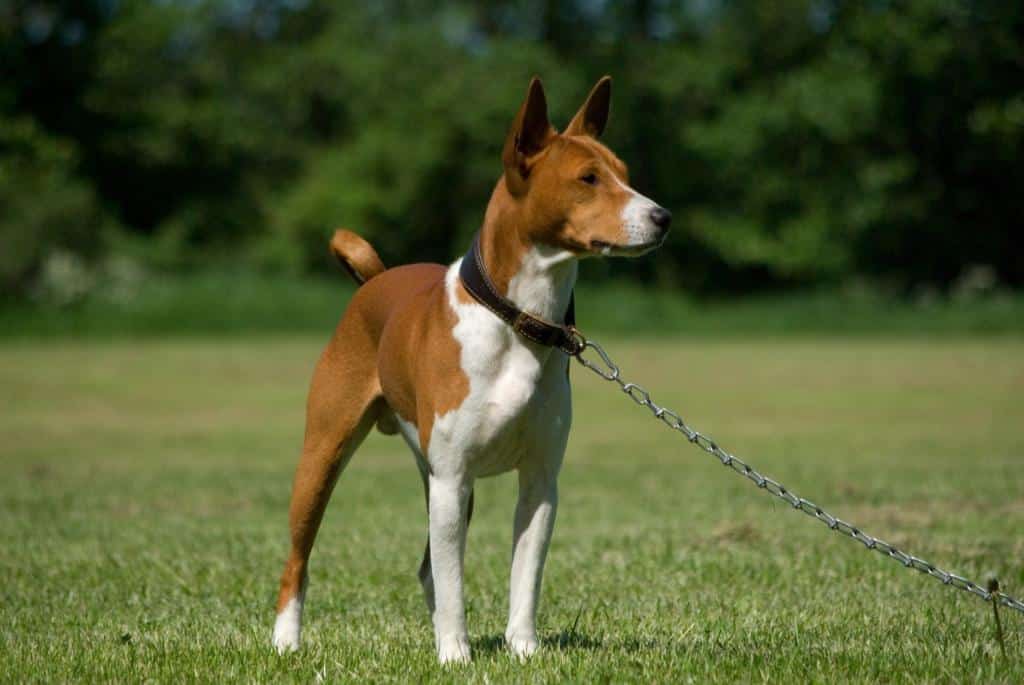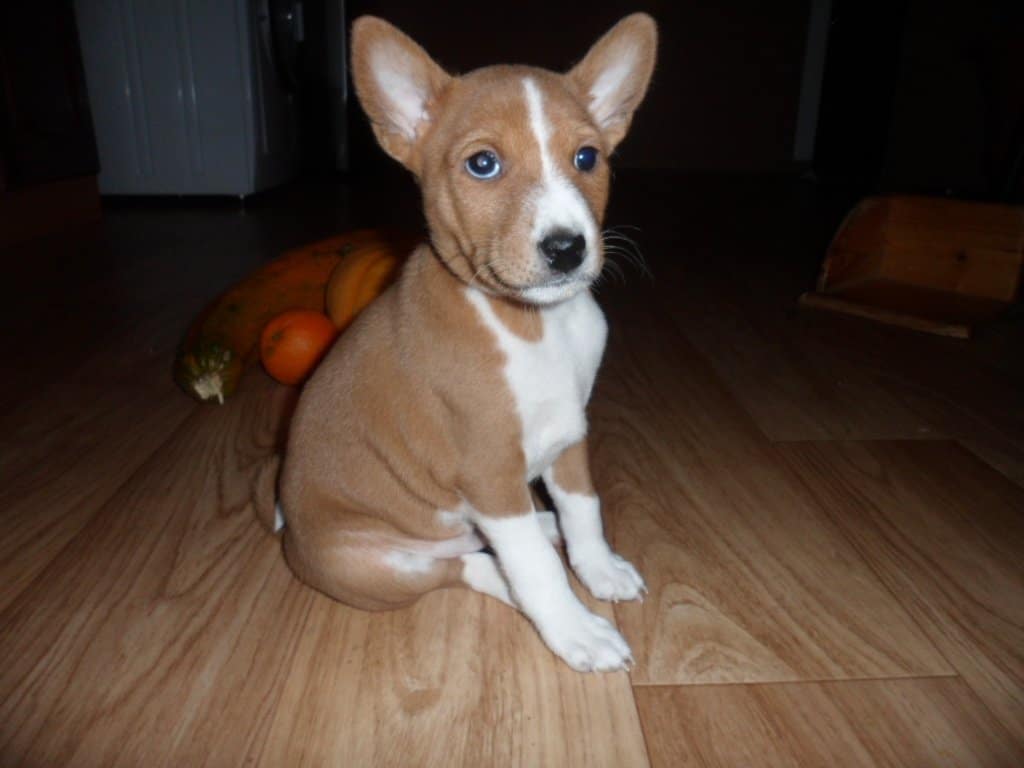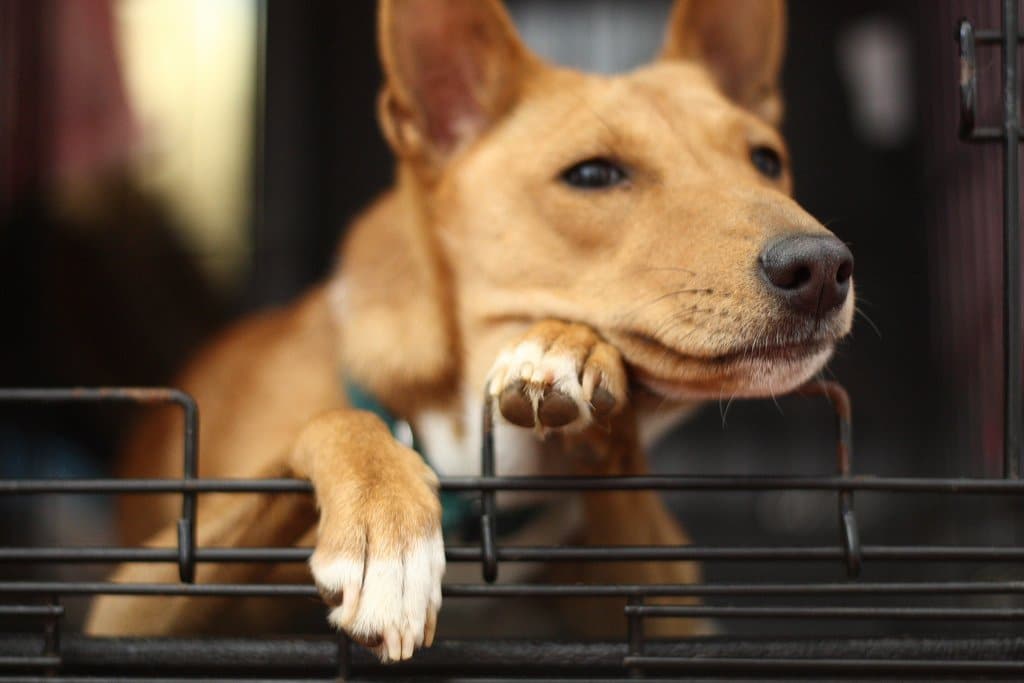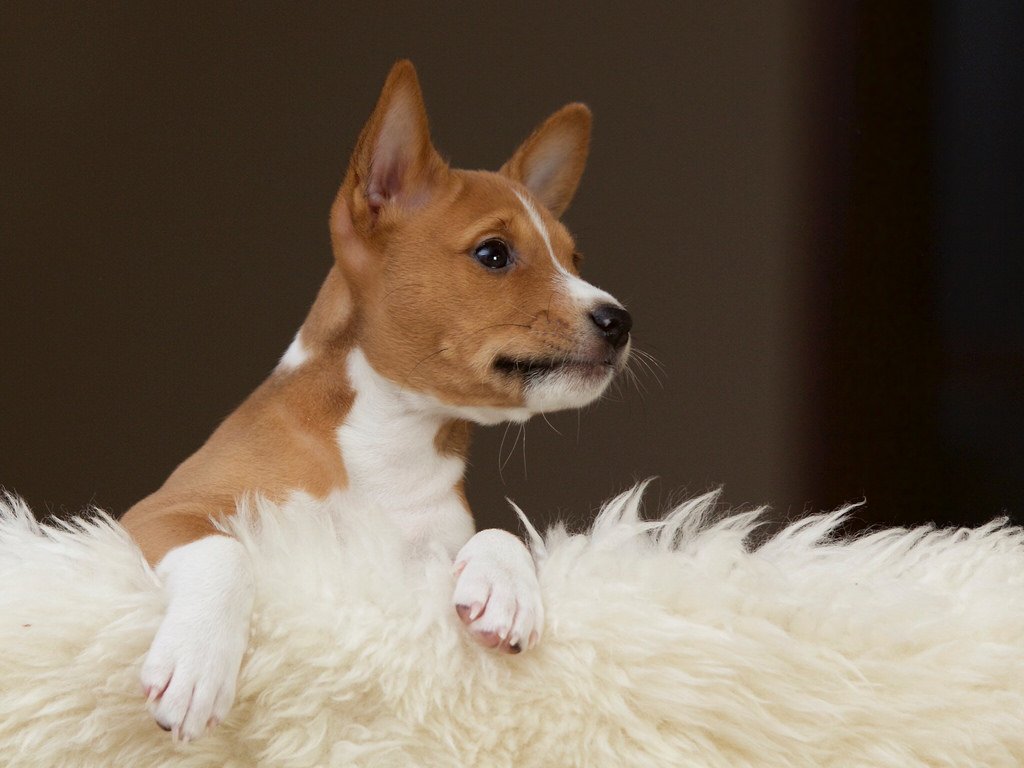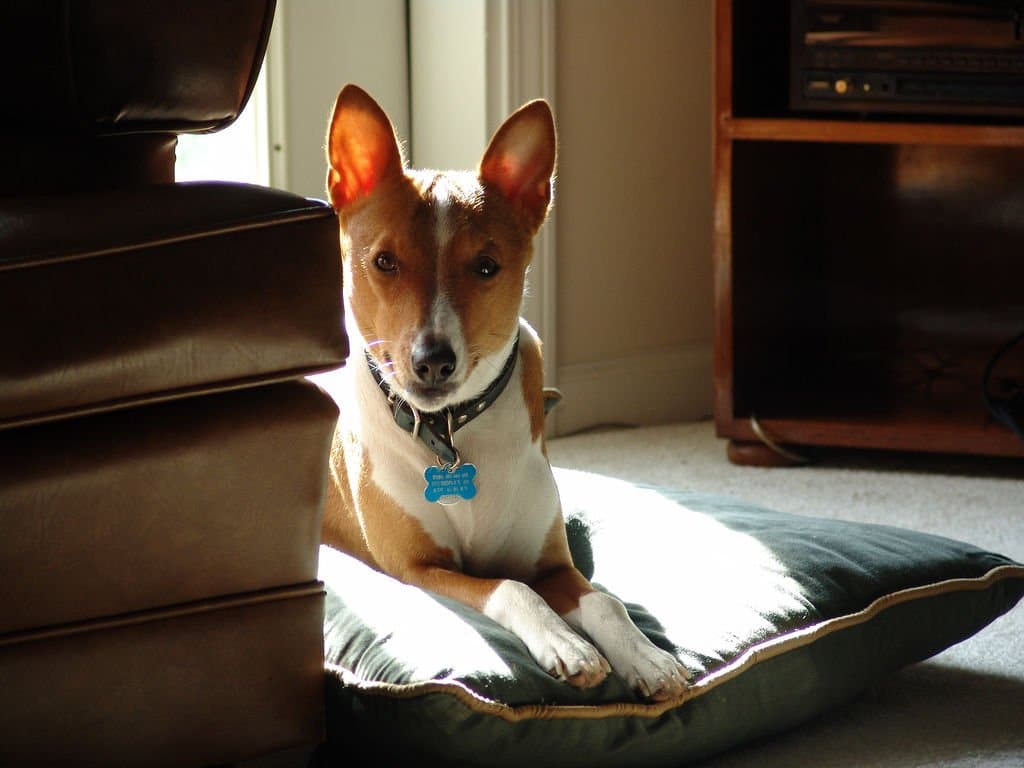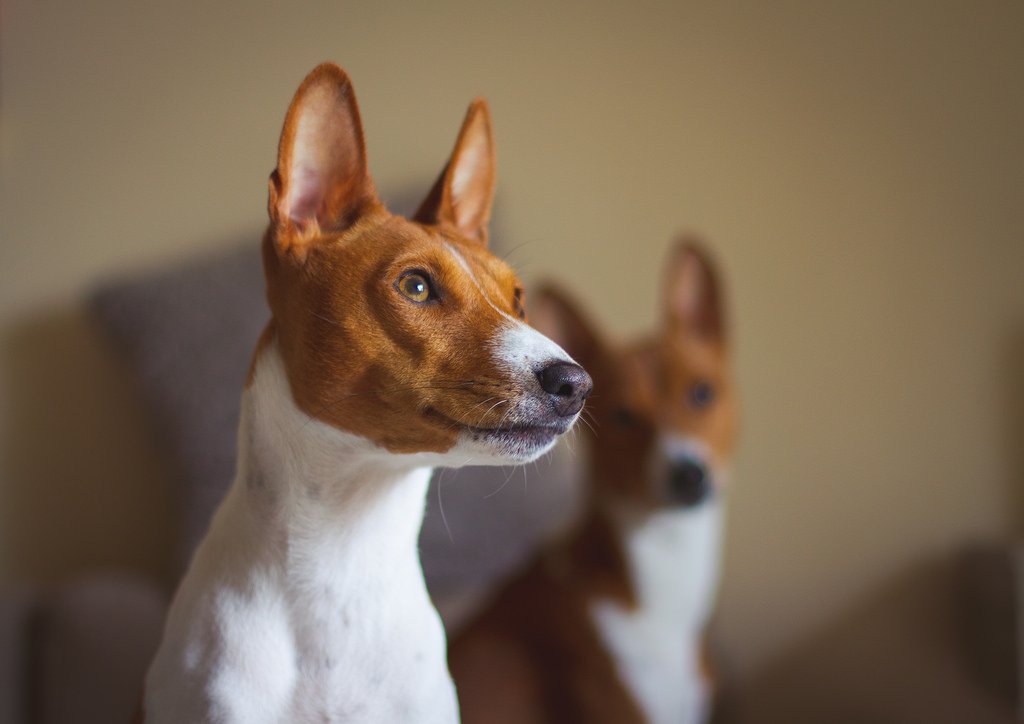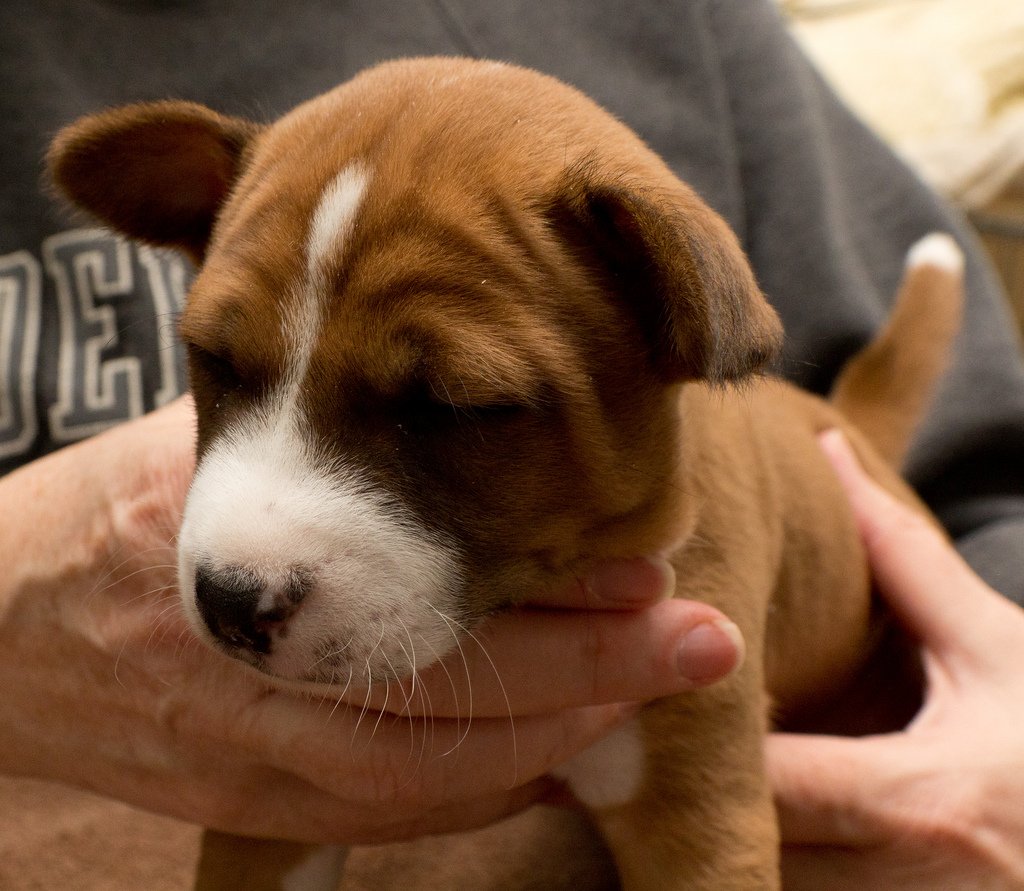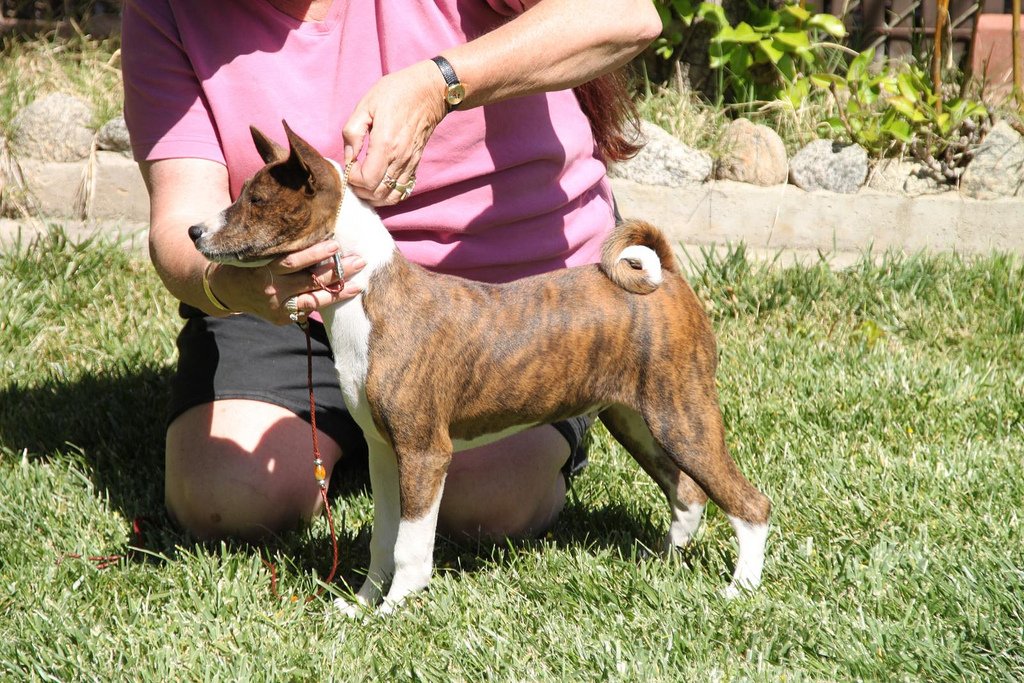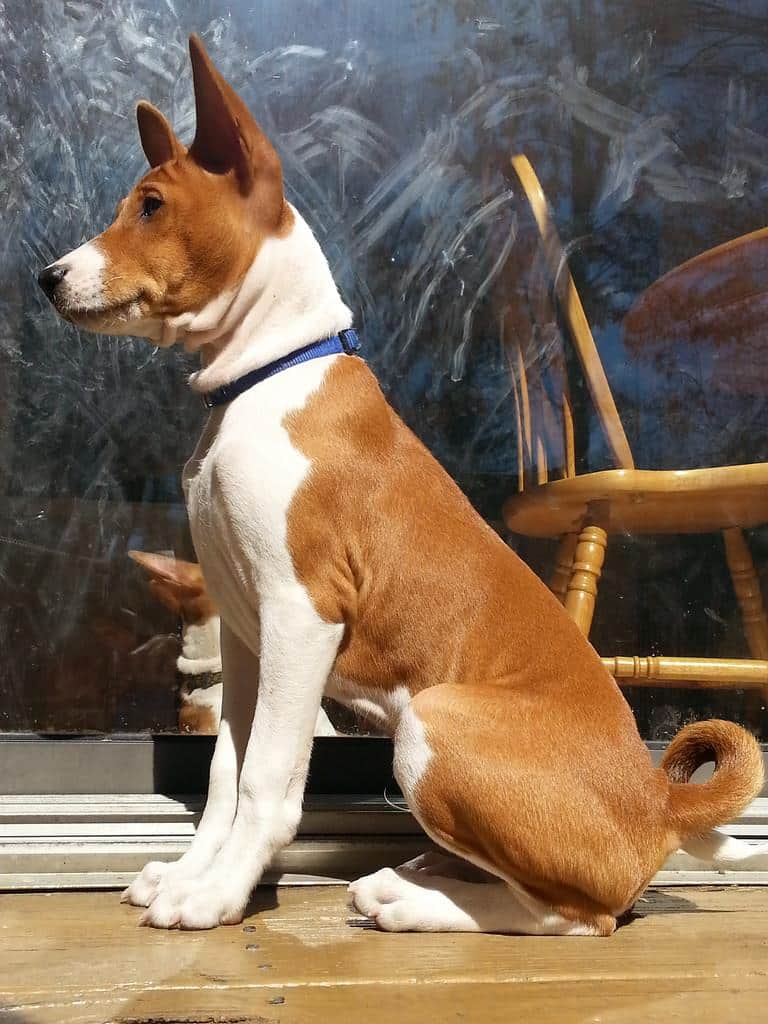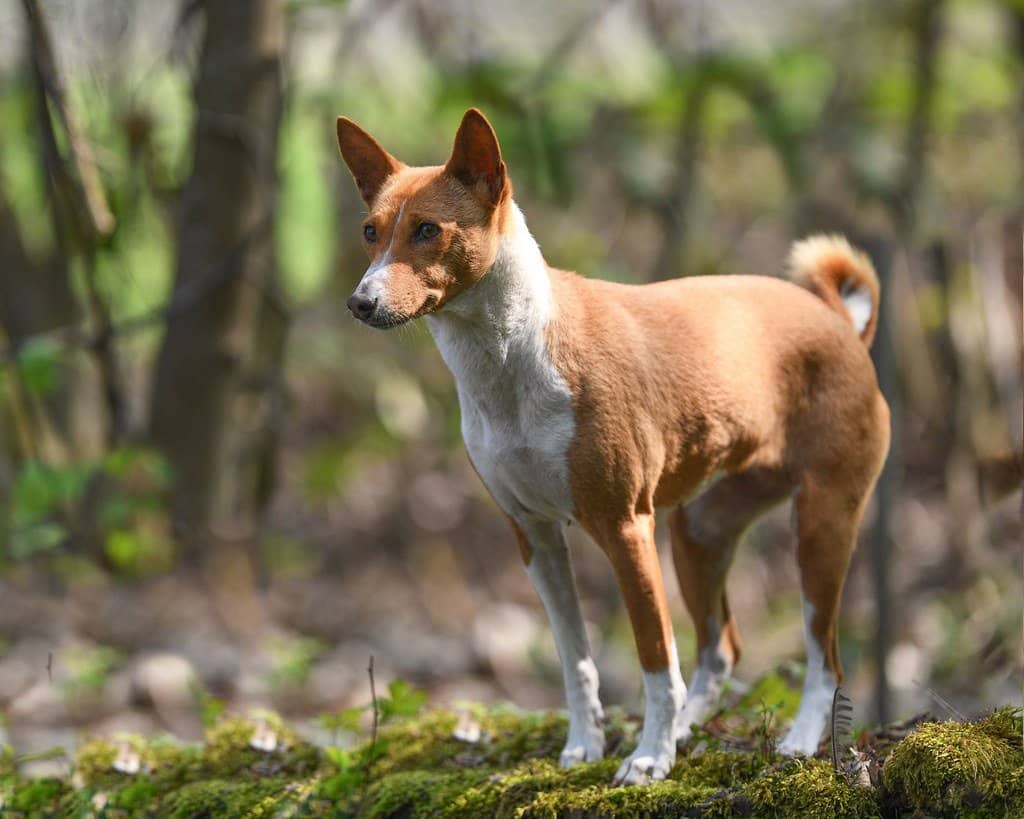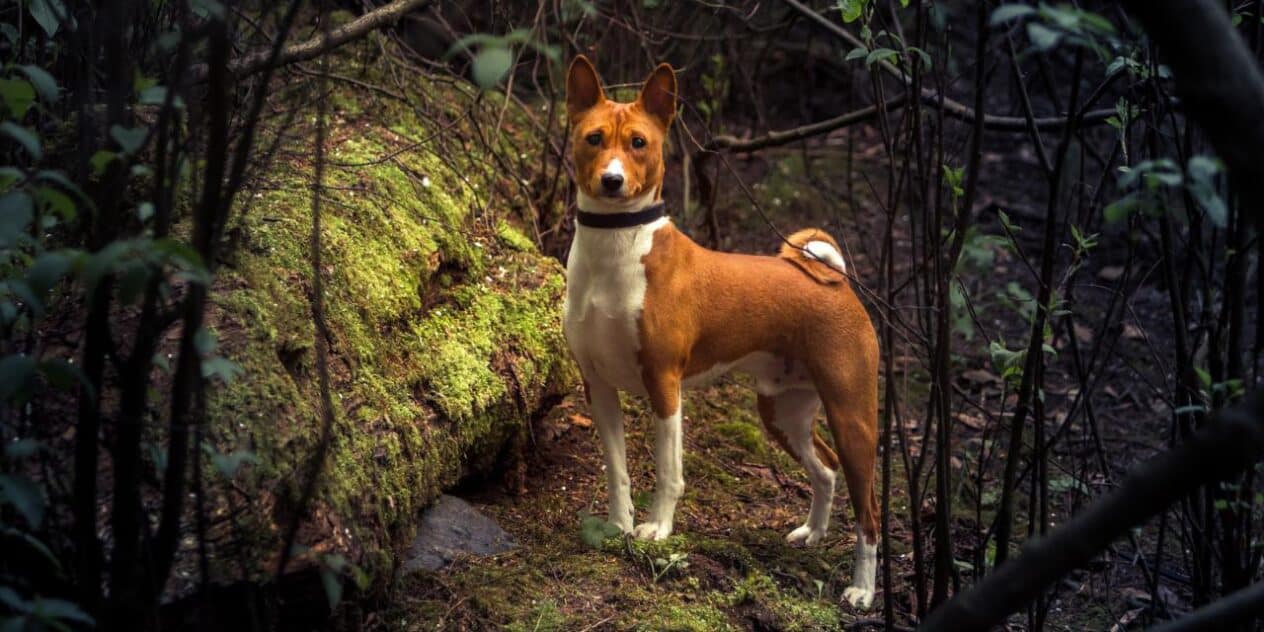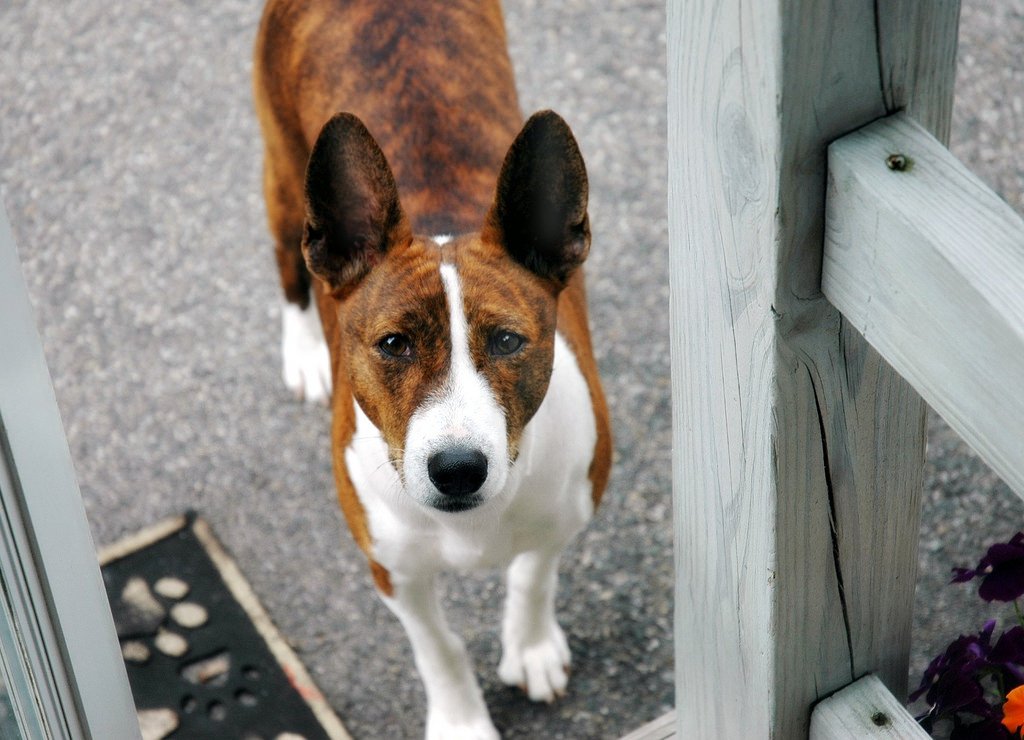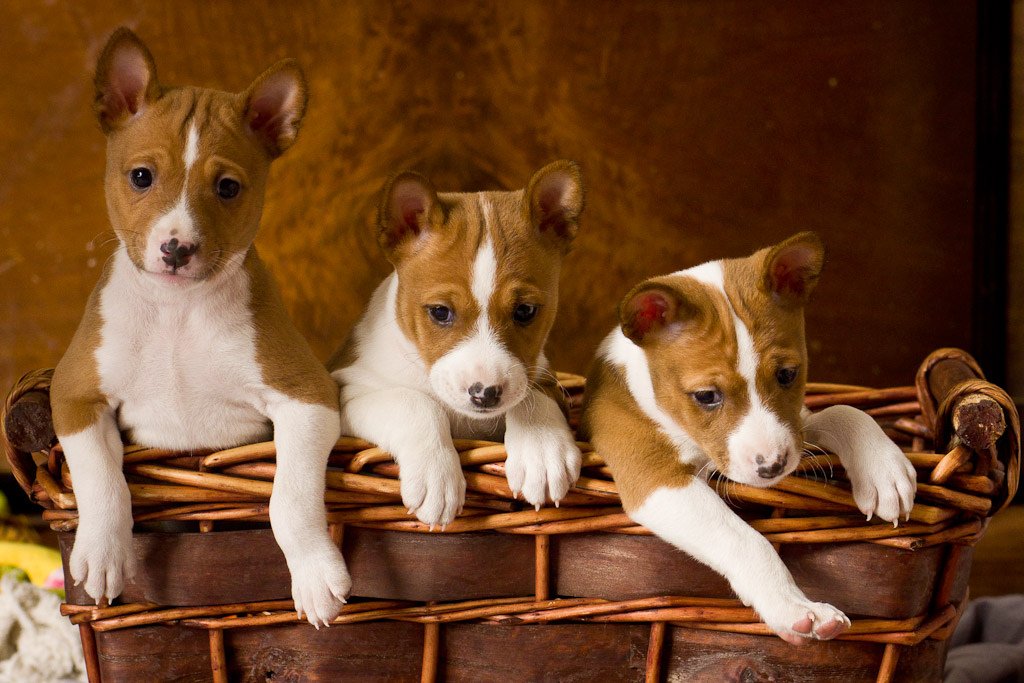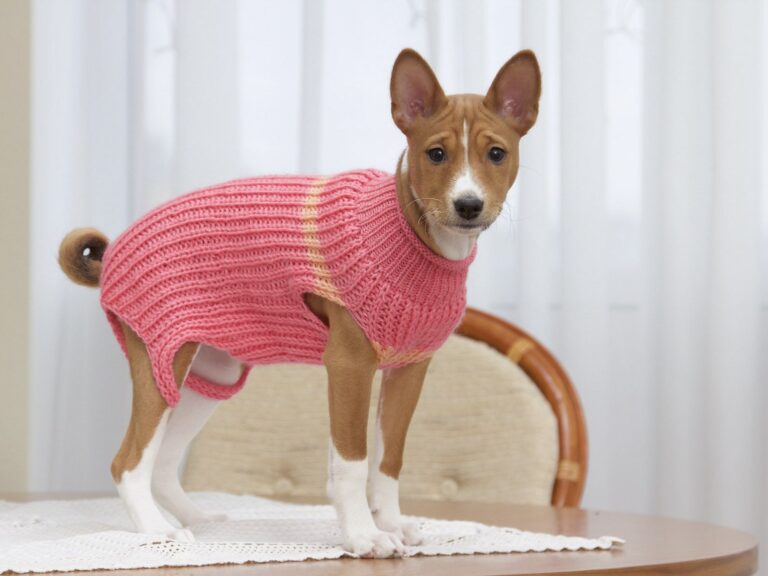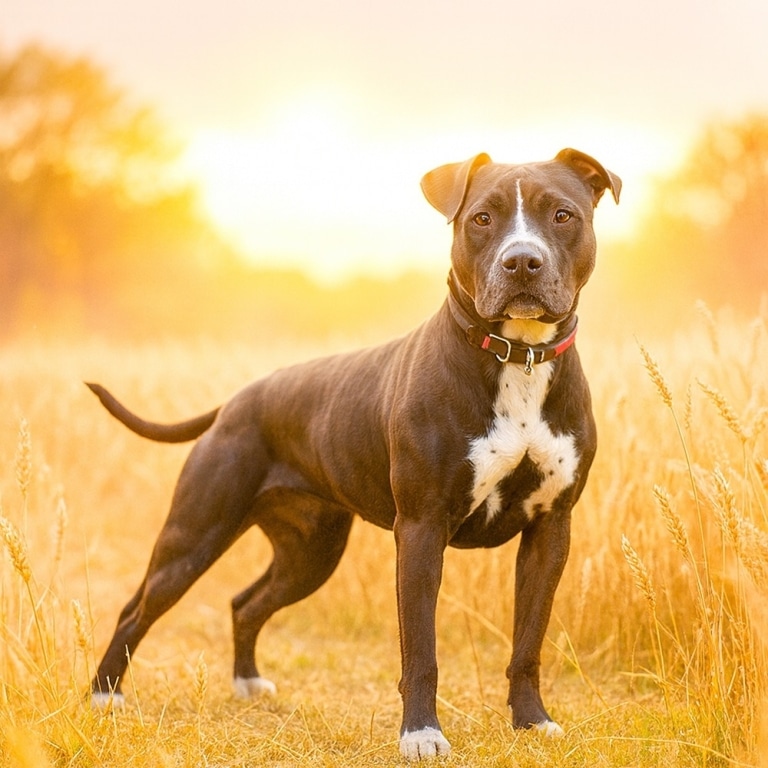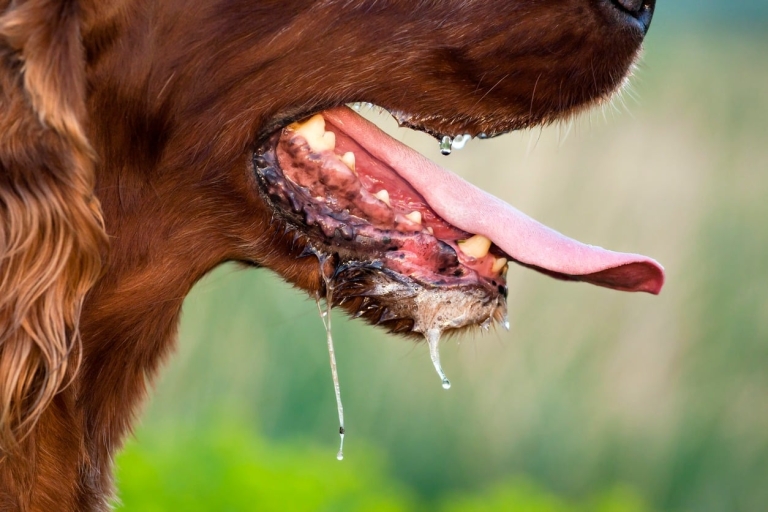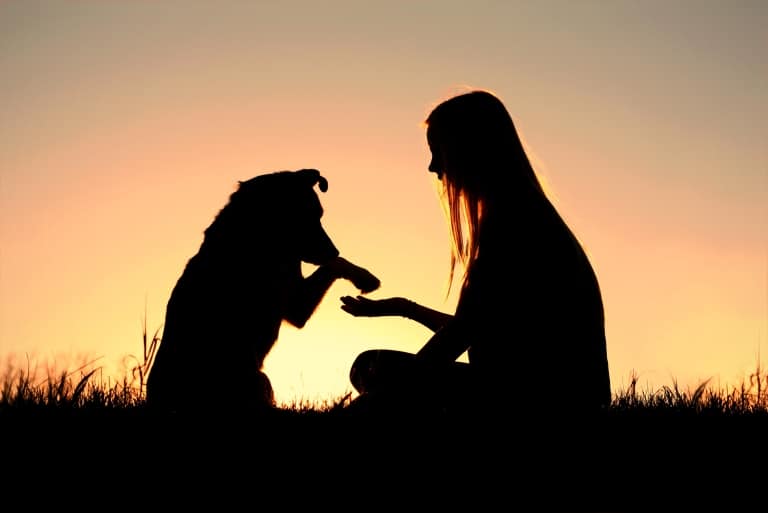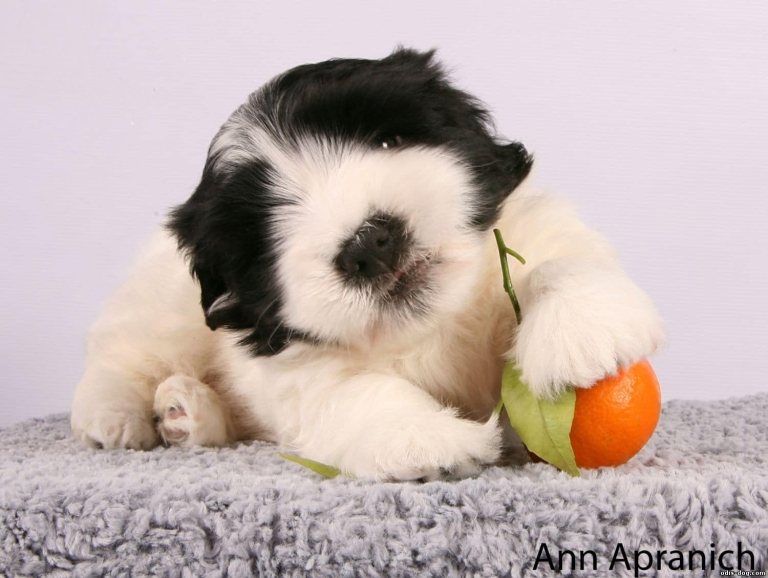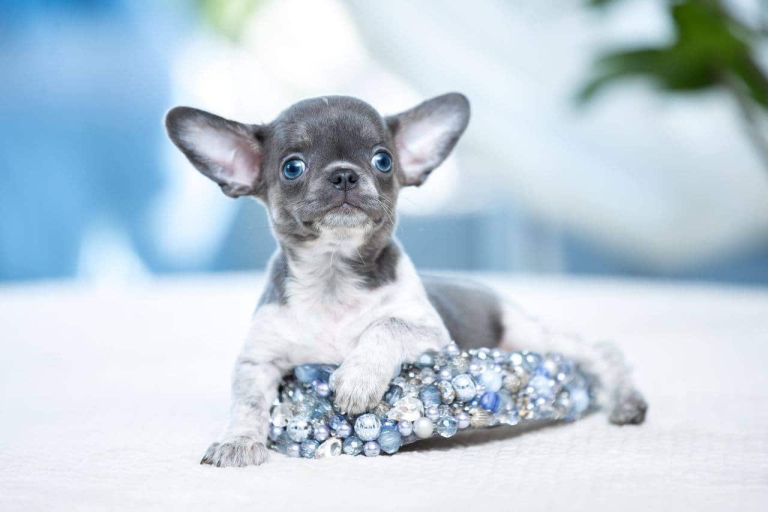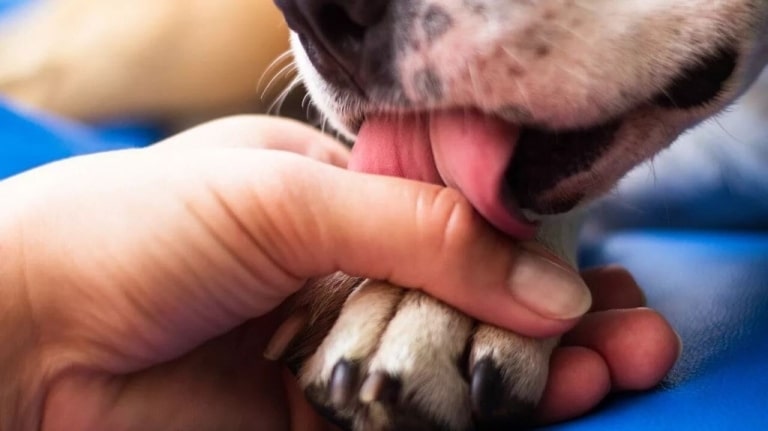Basenjis have many alternate names and roots dating back to Ancient Egypt. They belong to the oldest dog breeds in the world, as evidenced by ancient Egyptian frescoes and artifacts depicting them, dating back to around 4000 BC. And the biggest feature of Basenji can be called the lack of ability to bark. We can already feel how much you want to know more about this dog, and we are happy to help with that.
History of origin
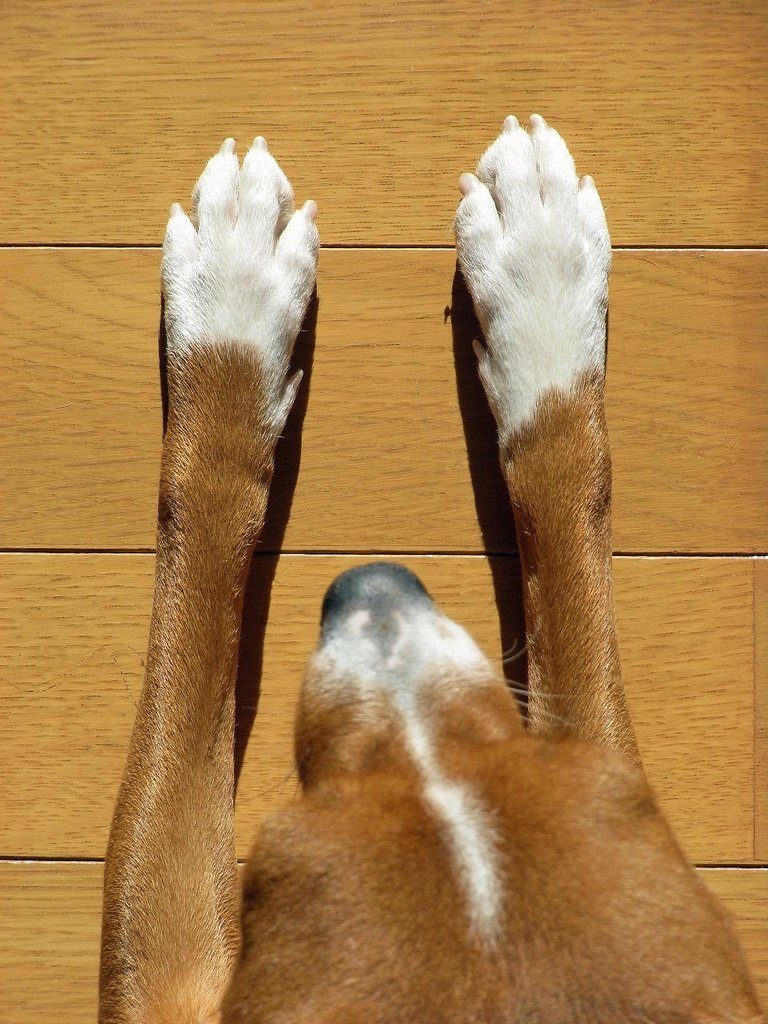
Basenjis are believed to have originated in Central Africa, where they acted as hunting dogs for local tribes. They were used in dense forests to hunt small game such as rodents and birds due to their agility, speed and keen sense of smell. Instead of barking, they made sounds similar to yodeling or humming, as quiet dogs had a better chance of successful hunting and survival in the wild.
In the 19th century, explorers traveling through Africa brought the Basenji to Europe. The first attempts often ended in failure due to diseases, but later the breed took root and gained popularity among Europeans. In the 1930s, dogs were first introduced at exhibitions in Great Britain. Soon the breed spread to the United States, where it also found its fans.
Alternative breed names
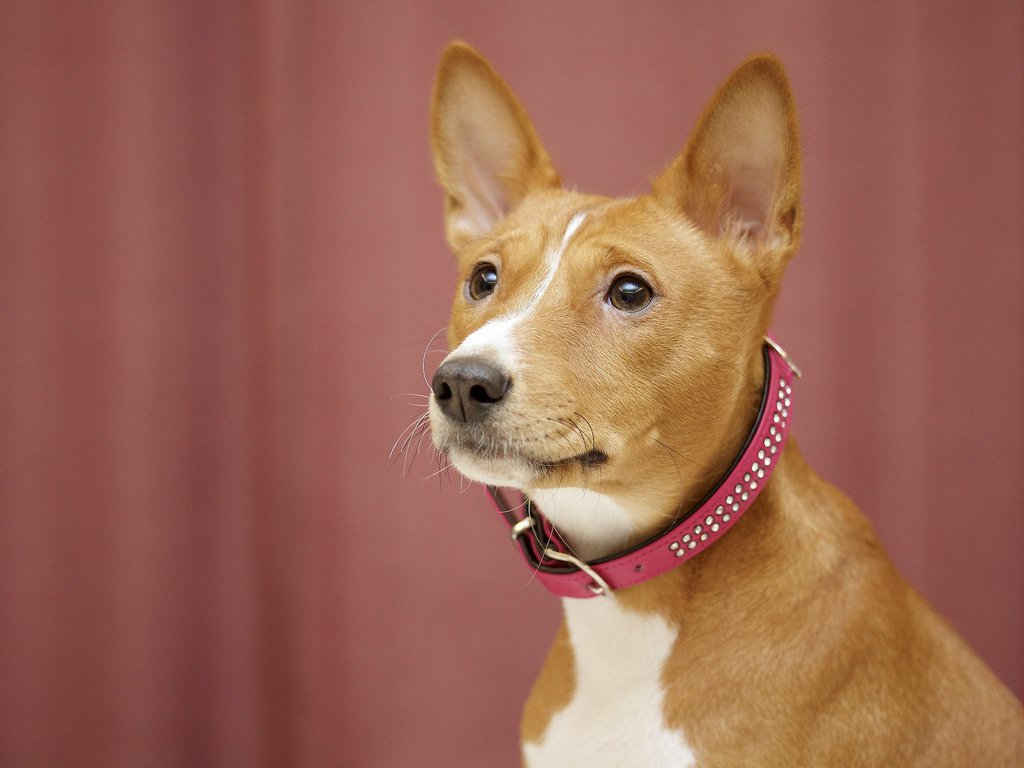
Basenjis have several alternate names that reflect their origins, uses, and unique characteristics. Each of these names highlights a different aspect of this amazing breed, making it even more interesting to explore.
Congo terrier. This name comes from the Congo region in Central Africa, where the breed was first discovered by European explorers. It emphasizes the geographical origin of the Basenji.
Congo forest dog. This name is also associated with the breed’s region of origin and emphasizes its natural habitat in the dense forests of Central Africa.
African hound. The name indicates the use of the Basenji as a hunting dog in African tribes. Their ability to hunt small game made them valuable companions for hunters.
A dog that doesn’t bark. One of the most famous features of the Basenji is their ability not to bark. Instead, they make unique sounds similar to yodeling or humming, which makes the name very fitting.
The appearance of the Basenji
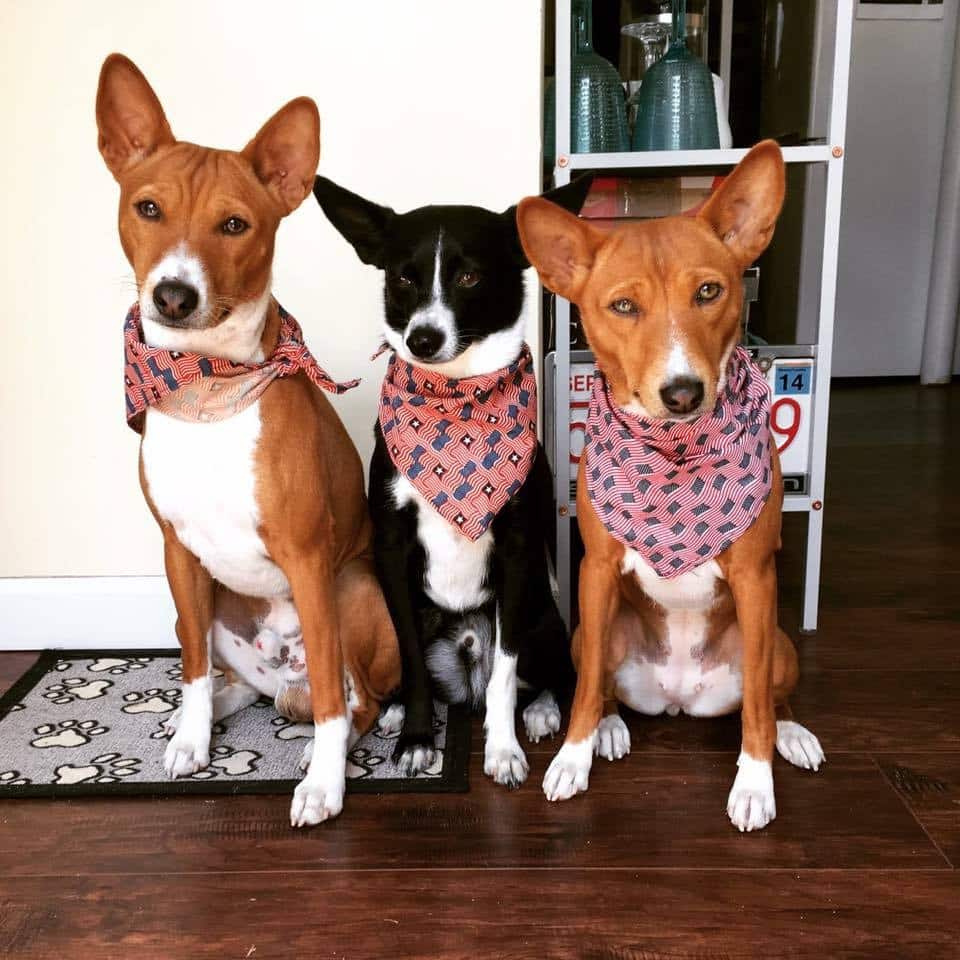
Basenji is easy to recognize among other dog breeds. One of the most characteristic features is a wrinkled forehead. The head has the shape of a pointed triangle with a flat skull and a sharp transition to the muzzle. The ears are straight, have the shape of triangles. The tail is twisted into a tight ring and is located high above the back. The height at the withers of an adult dog is from 37 to 43 cm, and the weight varies between 8 and 11 kg.
The basenji’s coat is short, dense and smooth to the touch. It fits tightly to the body, which helps to emphasize the musculature of the dog. Main colors:
- red with white spots (the most common variant, where the main red color is complemented by white spots on the chest, paws and tip of the tail);
- black with white spots (black wool with white markings in the same places);
- brindle (red color with black stripes, which gives the dog an exotic look);
- tricolor (combination of black, red and white colors).
Basenji character
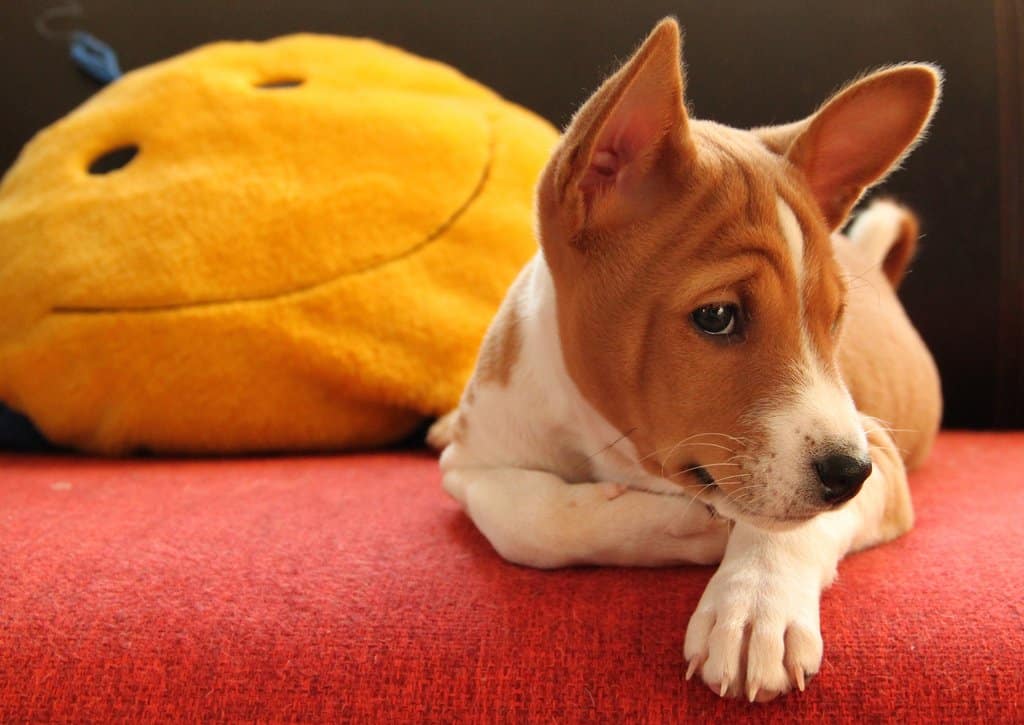
Their behavior and habits reflect ancient origins and adaptation to life in the wild. They often show independence in making decisions and can be somewhat stubborn, have a strong character and are not always ready to follow commands without question, although they quickly learn everything new.
Basenjis are very active and need a lot of physical activity. Their natural curiosity and energy make them great companions for active people who enjoy walking, running or other sports.
They get along well with other dogs, especially if they grew up together and the owner took care of early socialization. However, you should not forget that these dogs are excellent hunters, have a keen sense of smell and high speed, so you need to be vigilant during walks in nature (the hunting instinct can be manifested in the desire to chase small animals).
At the same time, Basenjis are very attached to their owners and need a lot of attention and affection. These dogs can be very affectionate and loyal.
Basenji health
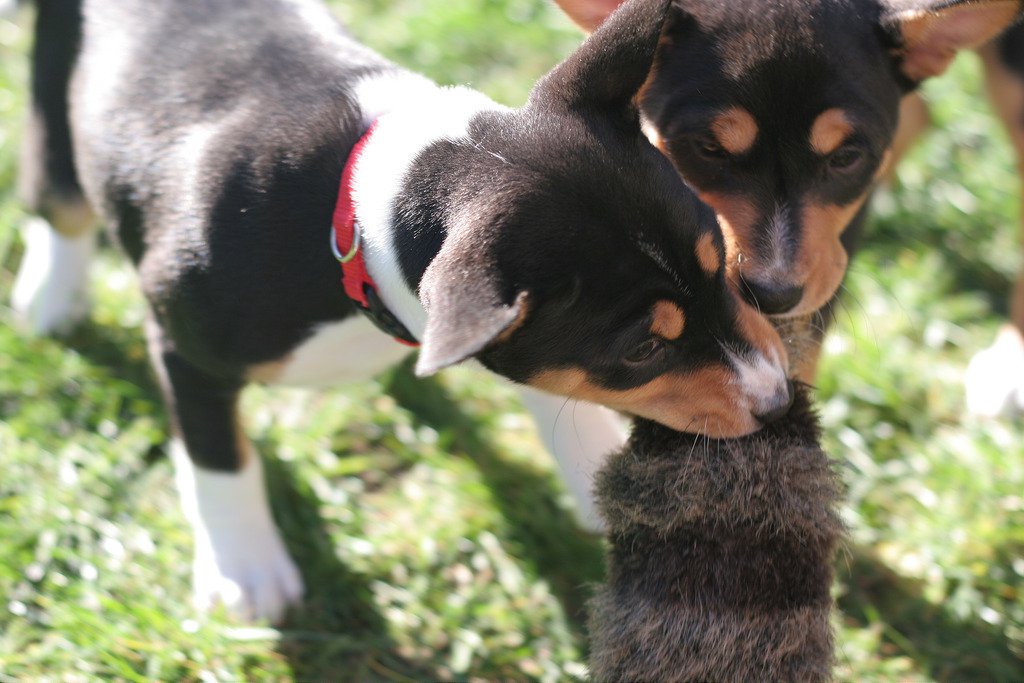
No matter what breed you choose as a pet, it’s always a good idea to be aware of the most common health problems that can befall a dog. The following can be distinguished for Basenji:
- fanconi syndrome, which affects kidney function. Symptoms include frequent urination, excessive thirst, and weight loss.
- progressive atrophy of the retina, which leads to vision loss and blindness.
- hypothyroidism, in which the thyroid gland does not produce enough hormones. Symptoms include weight gain, skin and coat problems.
- hip dysplasia, which causes the hip joint to develop incorrectly. Symptoms include pain, stiffness, and lameness.
Basenjis can live long and healthy lives with proper care and attention to their health. You should be aware of possible genetic diseases and timely conduct the necessary medical examinations and testing at the veterinarian.
Basenji grooming
Basenjis are very tidy and are often compared to cats because of their self-grooming habit. They do not have the characteristic smell of dogs and almost do not shed, which makes them attractive to people who value cleanliness in the house. All of this makes the grooming process relatively simple compared to other breeds, but regular grooming remains essential to maintaining their health and beauty.
- Basenji dogs do not need to be trimmed as they have a short and smooth coat that does not need to be trimmed. Combing the coat once a week is enough. During molting (spring and autumn) you may have to do this more often to reduce the amount of hair in the house.
- Bathing is recommended no more than once every few months or when necessary (for example, if the dog is heavily soiled).
- Prevention of dental diseases is an important component of Basenji health care. Regular brushing and use of special chew toys will help prevent problems with teeth and gums. Brushing your dog’s teeth every day is ideal, but if that’s not possible, do it at least a few times a week. Do not forget about the annual ultrasound cleaning of the teeth at the veterinarian.
- Regularly check your Basenji’s ears for dirt or signs of infection (redness, foul odor). Use cotton pads and a special ear cleaner to gently remove the dirt.
- Check your eyes regularly for dirt or discharge. Use a damp cotton pad or special eye cleaning wipes to gently remove dirt and discharge.
- Trim your nails once a month. Sometimes this procedure can be done less often if your pet naturally grinds its claws well. Use special dog nail clippers and be careful not to bite the living part of the nail. If you are unsure of your skills, consult a groomer or veterinarian.
Make grooming a part of your weekly routine as soon as your Basenji arrives at your home, and he will always look great and feel comfortable during grooming procedures.
